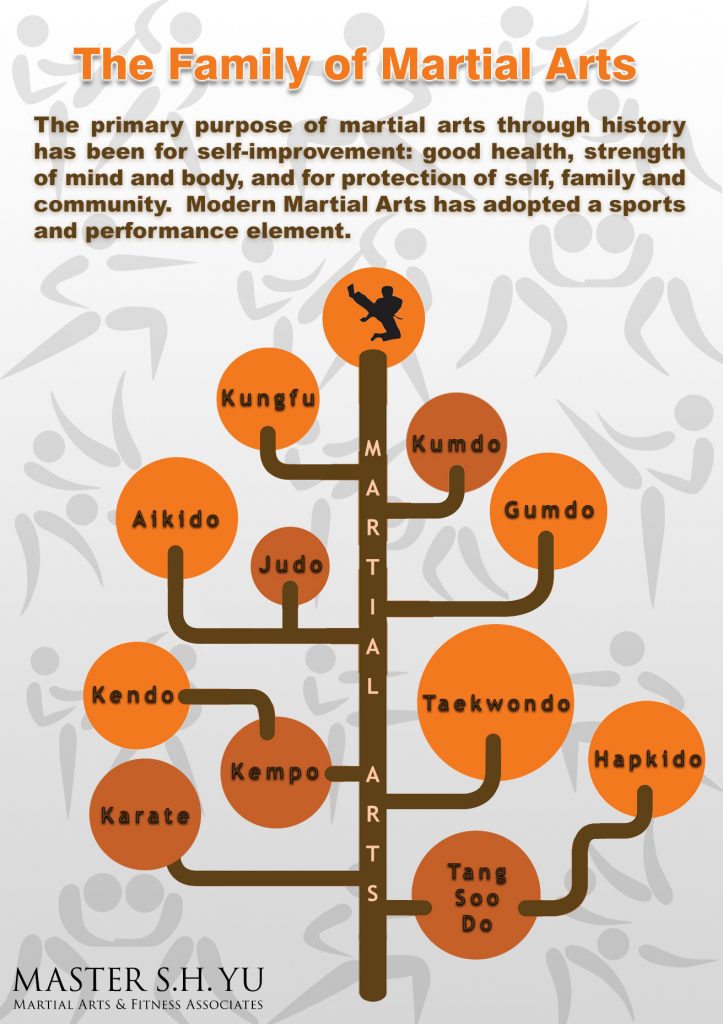Martial arts have a remarkable background that extends centuries and continents. You could discover it fascinating exactly how ancient techniques like Shuai Jiao and Kalaripayattu laid the groundwork for contemporary combat methods. These self-controls not just stress physical abilities but also show the societies that birthed them. As https://www.amny.com/lifestyle/city-living/queens-martial-arts-center-offering-free-classes-for-kids-during-coronavirus-outbreak/ discover their evolution, take into consideration how globalization has changed these conventional types into crossbreed styles. What influences do you think have formed today's martial arts landscape?
Ancient Martial arts: The Structures of Combat
As you look into the world of ancient martial arts, you'll discover the rich structures that formed battle methods throughout societies. Very early methods concentrated on Self-Defense and survival, frequently including strikes, hurting, and weapons.
In old China, for instance, strategies like Shuai Jiao stressed tosses and joint locks, while India's Kalaripayattu showcased agility and liquid activity. Japanese samurai developed Kenjutsu, a refined swordsmanship that highlighted discipline and method.
These martial arts served not just for fight however additionally as a way of individual growth, instilling worths like regard and perseverance. https://coachingkidsmartialarts00998.techionblog.com/35596530/advantages-of-register-kid-in-martial-arts-courses blending of these strategies gradually prepared for the diverse martial arts you see today, each mirroring the special approaches and requirements of its culture.
The Social Influence on Martial Arts Development
While martial arts typically reflect the functional needs of a culture, they likewise symbolize the social worths and beliefs of their origins. When you discover different martial arts, you'll notice how they're influenced by religion, ideology, and social norms.
For instance, the emphasis on regard and self-control in Japanese martial arts comes from Zen Buddhism and samurai culture. On the other hand, Brazilian Jiu-Jitsu advertises versatility and approach, shaped by the requirement for efficiency in a diverse, modern setting.
You might discover that the routines, uniforms, and training approaches show an area's history and identification. By understanding these cultural impacts, you strengthen your admiration of martial arts and their function fit human experiences across the globe.
Modern Adaptations and the Globalization of Martial arts
Martial arts have transformed considerably in recent years, adapting to modern culture and international influences. look at these guys 'll see that typical types have blended with modern methods, developing hybrid styles like mixed martial arts. Read the Full Article deal with varied audiences, making martial arts easily accessible and attractive worldwide.
With the rise of social media and digital platforms, you can discover tutorials and competitors from all corners of the globe, damaging geographical barriers. This globalization has led to a common appreciation for various disciplines, from Brazilian Jiu-Jitsu to Taekwondo.
As you involve with these arts, you'll recognize they're not just about battle; they advertise fitness, technique, and psychological health.
Ultimately, modern-day adaptations have enriched the martial arts landscape, making it a vibrant and evolving technique.
Verdict
In exploring the history and evolution of martial arts, you reveal a remarkable mix of strategies, cultures, and approaches. From old techniques like Shuai Jiao and Kalaripayattu to the modern-day flexibility seen in MMA, martial arts mirror mankind's mission for Self-Defense and individual development. As you involve with these practices, you not just get abilities however likewise a much deeper appreciation for the diverse customs that shape our world today. So, continue your trip and welcome the art of battle!
